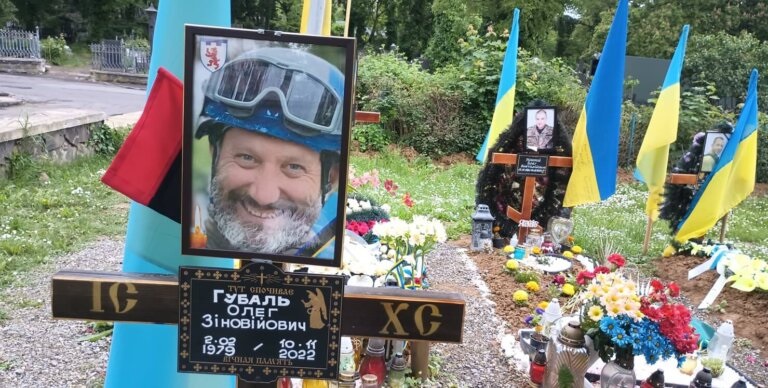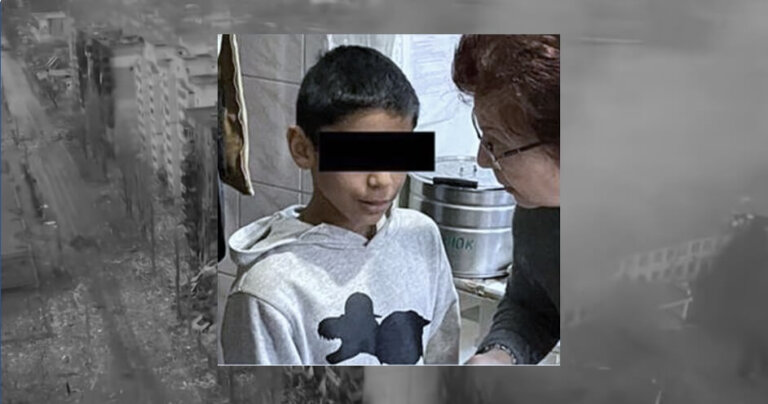Ukraine Series Background:I first went to Ukraine in 2017 to do humanitarian work. I returned again in May 2023 to provide food, clothing, and medicine to war victims.
I joined a charity team of eight people that entered Ukraine from the farthest west entrance for safety. It is indicated on the map above.
Once across the border, I knew I was somewhere different when we pulled up to our hotel and saw a Red Cross/Red Crescent medic van displaying a “we-carry-no-weapons” decal.
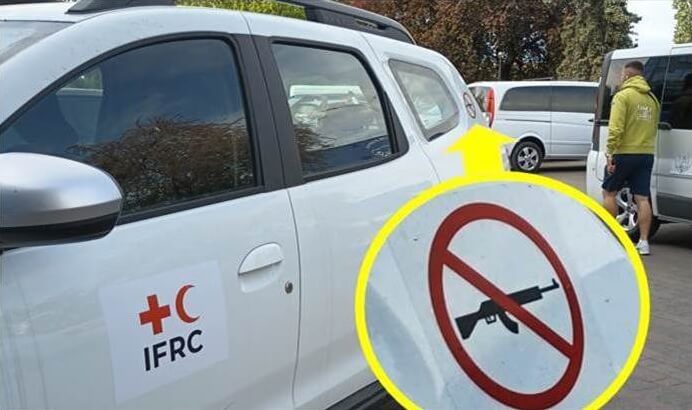
The Red Cross has to carry this decal because Russia has been attacking non-military vehicles, which has endangered humanitarian groups and charity workers.
Our Ukrainian host and interpreter shared with us a video of an attack [7] upon a medical van. One of the people who died in this attack was someone our host knew.
CNN explained in the video [7] that this particular attack was launched within sight of the vehicle—meaning Russian forces purposefully targeted civilians. This is something very important that people need to know.

Not only does the Russian military attack civilian and medical vehicles, it also packs rockets with shrapnel consisting of sharp nails with flight wings on the end to give them flight after impact (photo below of one in my hand).
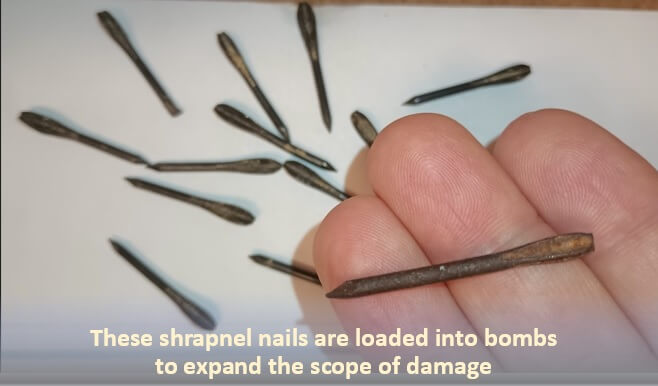
Russia drops these bombs indiscriminately upon cities (near hospitals, schools, residential areas) where upon impact these shrapnel nails spray entire areas, tearing into everyone—including women and children—in their path.
I wasn’t long in Ukraine before I heard city alarm sirens go off from my hotel room. Here is a recording of the war siren I heard [8].
Any time a major invasion occurs anywhere, city war sirens go off. For locals, even though the attacks are far away, it is a reminder of the danger faced by family members closer to the frontlines.
As I was leaving Ukraine for home, our host shared with me this video [9] of children in Kyiv running after they hear a bomb explode in the distance, a video unlikely to be seen in America.
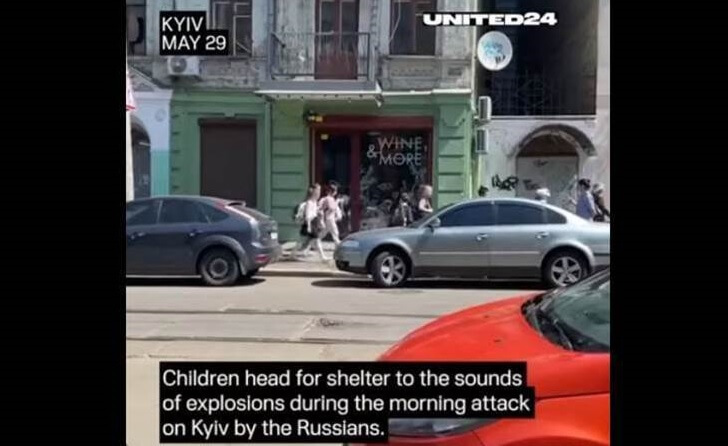
In a sign of how often rockets explode, one of our host leaders shared this photo of brand-new express bomb shelters created for everyday people to run into during a raid.
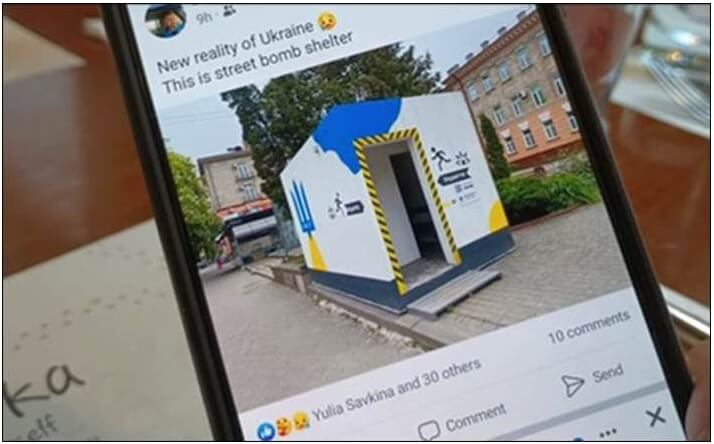
One woman we met at church used her translator app to write out a message: “It is so important you are here.”
I asked her where she lived. Her phone translated back “Bakhmut”—the city at the heart of the fiercest fighting of the entire war.
On her phone, she showed me a photo of her apartment building, which was destroyed.

Then she showed me a video of a local church on fire with everything around it obliterated.
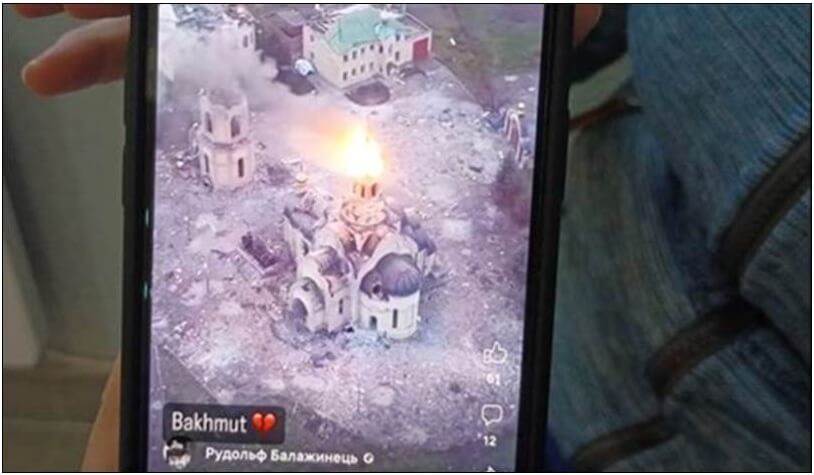
Needless to say, the city is destroyed, leaving nothing to go back to. She texted on her translator app the words, “Please tell others. People need to know.” This was the most common response I received from the Ukrainian people I met, a simple request to tell others what I saw.
The charity team I was a part of brought huge duffel bags full of medicine, clothes, tourniquets, and a product called Bleed Stop. Bleed Stop has become a popular, portable and affordable tool by charities to distribute to help protect people from shrapnel wounds, gun shots and explosions.

CHILDREN OF THE WAR
Our charity team visited three different orphanages to deliver foods and supplies. We talked to staff and played with the kids.
The boy (above) experienced his parents being killed in the war, and he himself was discovered desperately living in a doghouse for survival. The shell-shocked boy never spoke a single word at the orphanage. It wasn’t until much later, by accident, that someone nearby was speaking Hungarian (Ukraine borders Hungary). The boy heard the conversation and immediately began uttering words for the first time in his own native language. He not only suffered from PTSD but lived in a world where no one spoke his language. We saw the boy and are happy to report that he is laughing and thriving.
While some children live in orphanages, others are taken captive by Russians.
Yale University estimates that since the war began, 6,000 Ukrainian children [11] have been apprehended by Russia. The Ukrainian government says the total number is closer to 19,000 [11].
Russia likely targets these children for assimilation since Moscow has faced a 30 year decline [12] in population. Nearly a half million people left [13] Russia alone since the war began. These children would be easier to assimilate into Russia since they share some common traditions and parts of the same language.
When parents petition the Russian government for the return of their child, Russia states the parent must come in person to collect the child. Fathers are unable to go as they are conscripted. Mothers then must make a daring lonely journey into Russia to reclaim their children. It is unsafe to travel from Ukraine into Russia as it is mostly a war zone, so these mothers must take an even longer route going through Poland and then into Russia.
Below are photos of one of the orphanages our team visited.
The orphans live in a tightly, well-organized society.
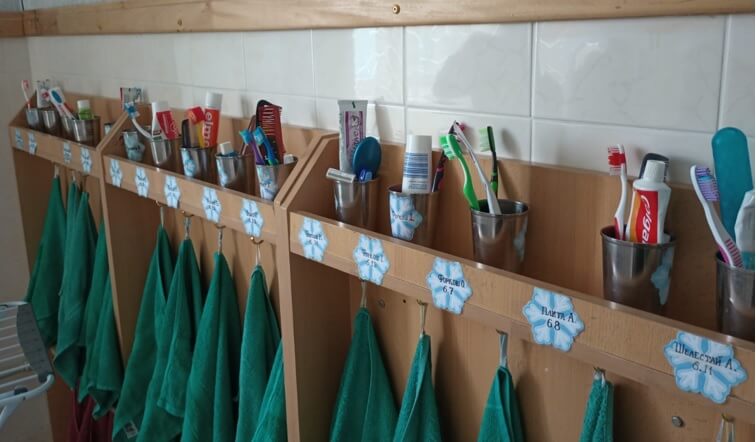
The children’s socks hang to dry in the shower, and their assigned bath sponges hang on the wall.
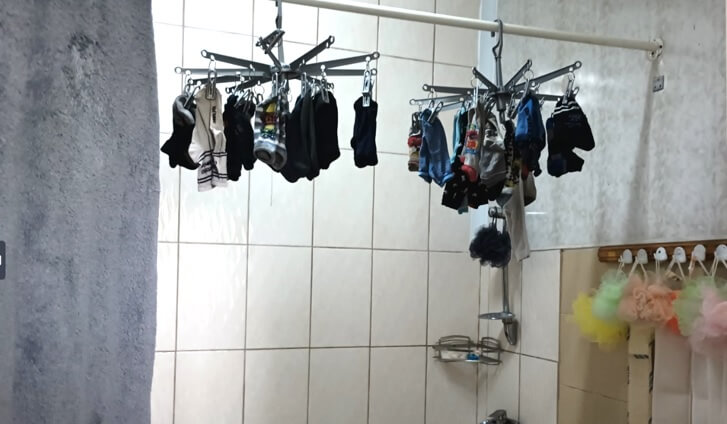
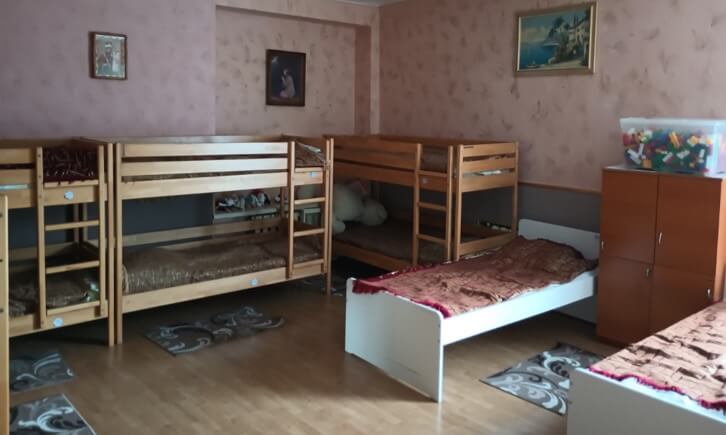
A hallway in one orphanage shows how their kids graduate and go on to lead happy, successful lives. Despite setbacks, there are inspiring life changing stories happening everyday.

— Please follow this series for more installments.
